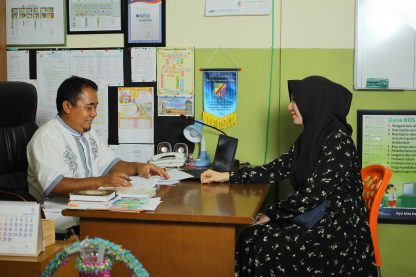Table of Contents
Experience and Training
When setting age-appropriate guidelines for babysitters, it is important to consider the level of experience and training that the caregiver has. Parents should inquire about the babysitter’s previous experience working with children, including their age range and any specific skills they may have, such as CPR certification or experience with children with special needs. Additionally, parents should consider the babysitter’s age and maturity level, as younger caregivers may not have the same level of experience as older ones. Establishing a minimum age requirement for babysitters can help ensure that the caregiver is capable of handling the responsibilities that come with caring for children.
On-Demand Childcare in Your Neighborhood
Book a Sitter
Behavioral Expectations
Establishing clear behavioral expectations for babysitters is essential to ensure a safe and positive environment for children. Parents should communicate their expectations regarding discipline, screen time, mealtime routines, and any specific rules they have in place for their children. It is also important to discuss how the babysitter should handle challenging behavior and conflicts that may arise while in their care. By setting clear guidelines for behavior, parents can help ensure that the babysitter understands their expectations and can effectively manage any situation that may come up.
Emergency Preparedness
Another key area to consider when setting age-appropriate guidelines for babysitters is emergency preparedness. Parents should provide the babysitter with important contact information, including their own contact details, as well as emergency contacts and medical information for the children. It is also important to discuss emergency procedures, such as what to do in case of a fire, injury, or other emergency situation. Parents may also want to consider providing the babysitter with a first aid kit and instructions on how to use it in case of an emergency.

Supervision and Boundaries
Setting clear guidelines for supervision and boundaries is essential to ensure the safety and well-being of children in the care of a babysitter. Parents should discuss the expectations for supervision, including where the children are allowed to play and any areas of the home that are off-limits. It is also important to establish rules for outdoor play, use of technology, and interactions with strangers.
By communicating these guidelines clearly, parents can help ensure that the babysitter understands the boundaries and can provide appropriate supervision for the children in their care.
Communication and Feedback
Lastly, establishing open communication and providing feedback to the babysitter is crucial for a successful caregiver-parent relationship. Parents should encourage the babysitter to ask questions and communicate any concerns they may have while in their care. Additionally, parents should provide feedback to the babysitter on their performance, including areas where they excelled and areas for improvement. By fostering open communication and providing constructive feedback, parents can help ensure that the babysitter is able to provide the best possible care for their children.
In conclusion, setting age-appropriate guidelines for babysitters is an important step in ensuring the safety and well-being of children in the care of a caregiver. By considering factors such as experience and training, behavioral expectations, emergency preparedness, supervision and boundaries, and communication and feedback, parents can make informed decisions when hiring a babysitter and help ensure that their children are in good hands when they are away.










